The logic behind Mercedes-Benz’s decision to lift the various petrol, diesel and plug-in hybrid drivetrains out of the engine bay of the GLA and replace them with an electric motor to create the new EQA is easy enough to understand.
Without a dedicated EV platform to underpin the most affordable of its EQ-branded models, the German manufacturer really didn’t have much choice other than to rely on existing hardware if it was to make good on its promise of delivering an electric compact SUV priced to rival the BMW i3 and Volkswagen ID 3. The creation of a unique structure, like those used by its key competitors, would have taken years and cost billions.
It’s not an ideal situation. The GLA’s MFA platform was conceived to support electrification but only in plug-in hybrid form, not a fully electric powertrain. As such, its high-strength steel and aluminium structure required a good deal of re-engineering – most notably to house the 66kWh lithium ion battery, which is mounted within the rear section of a raised floor, including beneath the rear seats.
However, using the GLA as a base did allow Mercedes to produce the EQA alongside its popular compact crossover at its plant in Rastatt, Germany, as well as at others, including in Beijing, China, for some handsome economies of scale.
It also paves the way for a second model off a lengthened version of the same structure, in the form of the upcoming EQB – a pure electric version of the slightly larger GLB. Together, they’re among six new electric models planned to be launched by Mercedes before 2023.
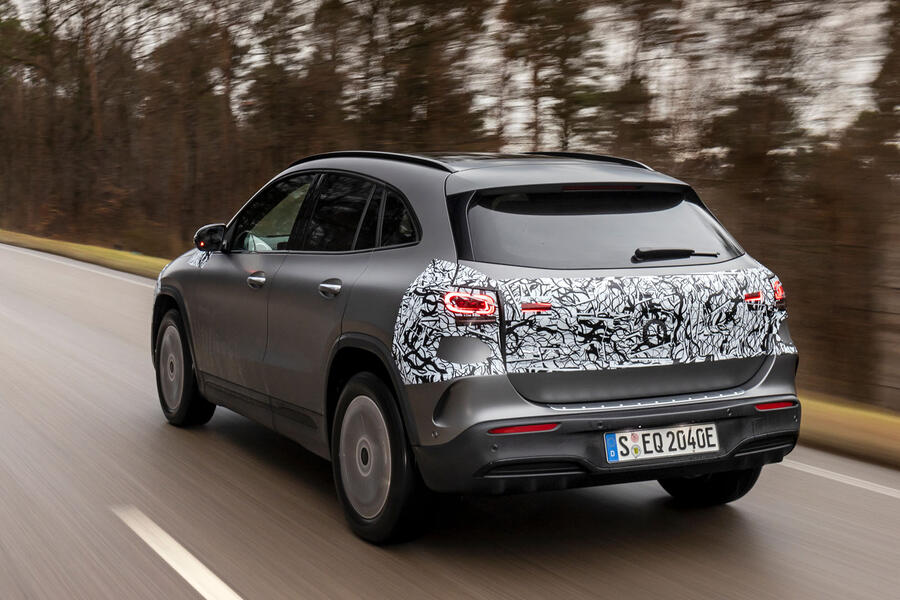
Before all that, we’ve been invited to drive the EQA in some decidedly cold and wintery conditions in Germany. Our lightly disguised example belongs to a fleet of preproduction prototypes that are conducting durability testing ahead of UK deliveries commencing in mid-2021. It’s described as being ‘customer-ready’ and wears an AMG Line styling package, which is one of three planned.
Keen observers will immediately recognise the similarities between the EQA and its ICE sibling; they share the same steel bodyshell and bumpers. The electric model does at least receive its own unique, blanked-off grille and some other mildly altered details, although on the whole the connection is clear.
Inside, there’s a lightly reworked interior from the GLA, albeit with EQ-themed instrument and infotainment graphics. It’s high-quality in here and offers a comfortable driving position, with all the modern conveniences and safety features one could wish for in any class of car.
If there is any caveat, it’s the rear-seat accommodation, due to that raised rear floor. There’s no loss of overall leg room compared with the GLA, but because the rear bench is set comparatively low, your knees end up quite high. There’s also a transmission-tunnel-like ridge running down the cabin’s centre.
It’s a similar story with the boot, so the EQA fails to deliver the same impressive 481-litre capacity as the GLA. However, it does at least retain the 40:20:40-split folding rear seats, enabling longer items to be stowed.


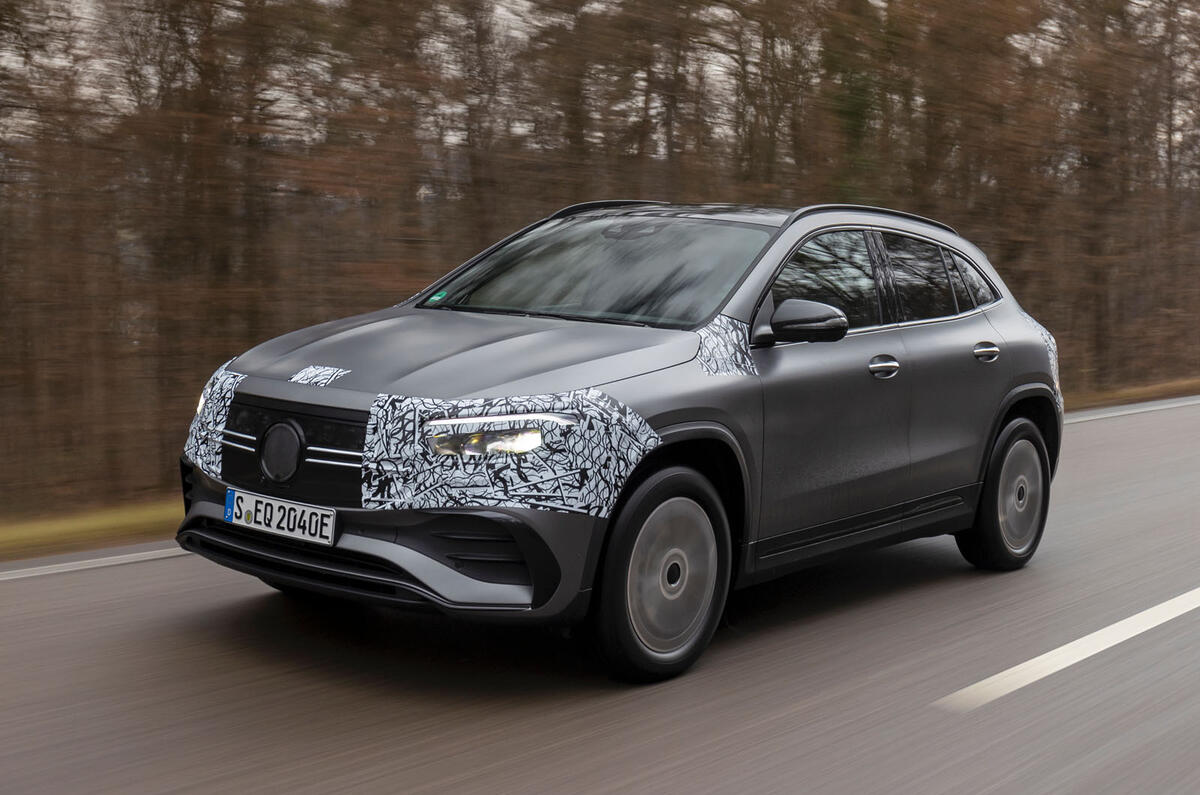
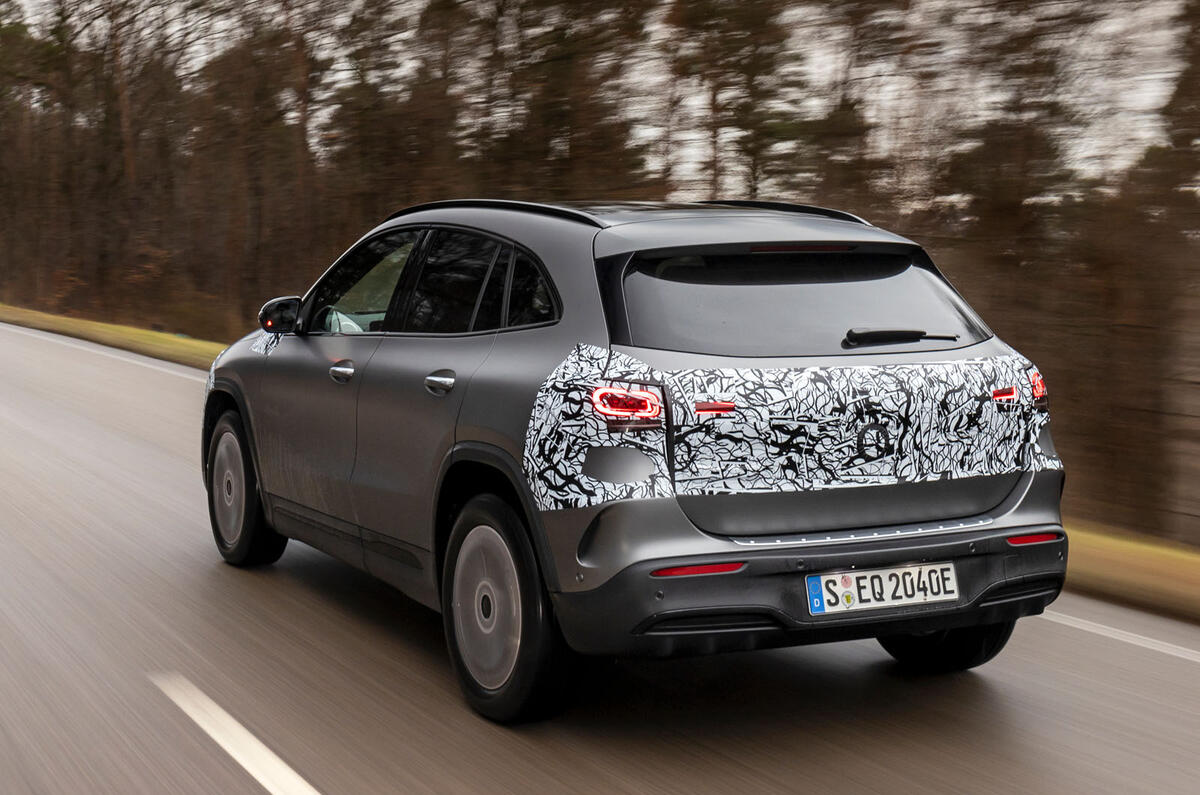
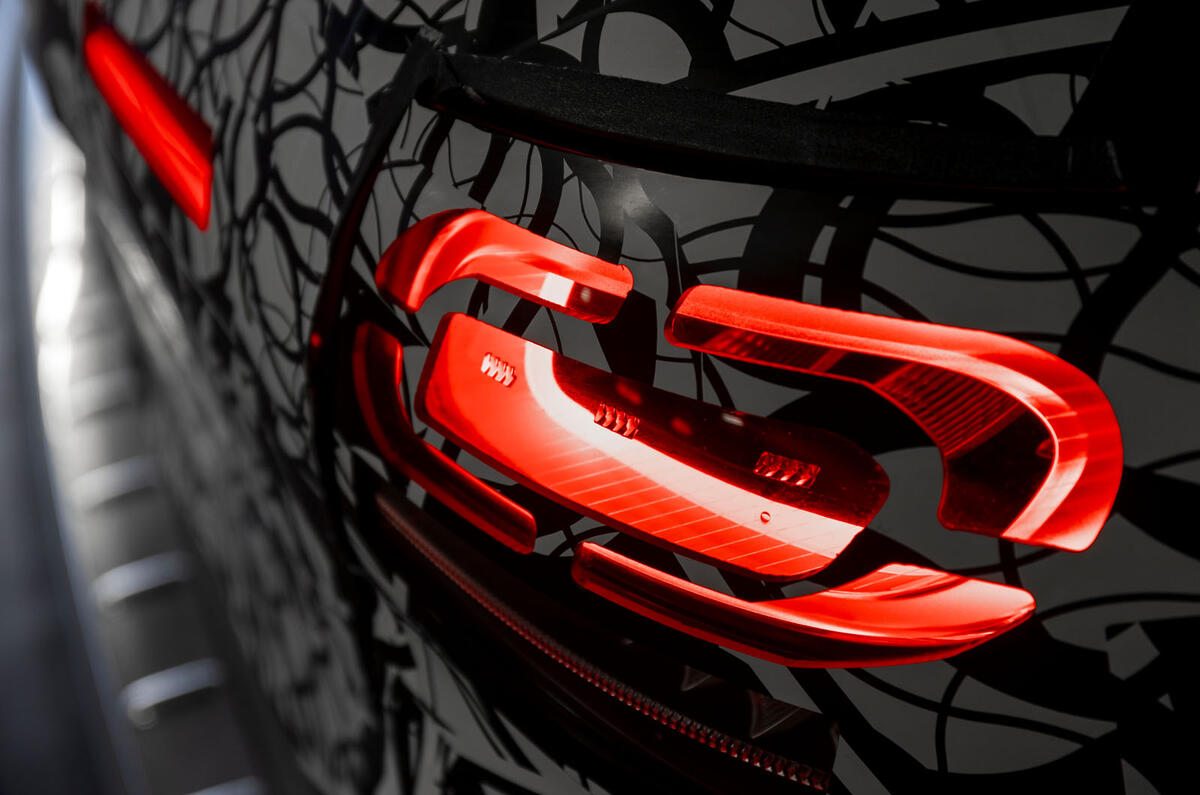
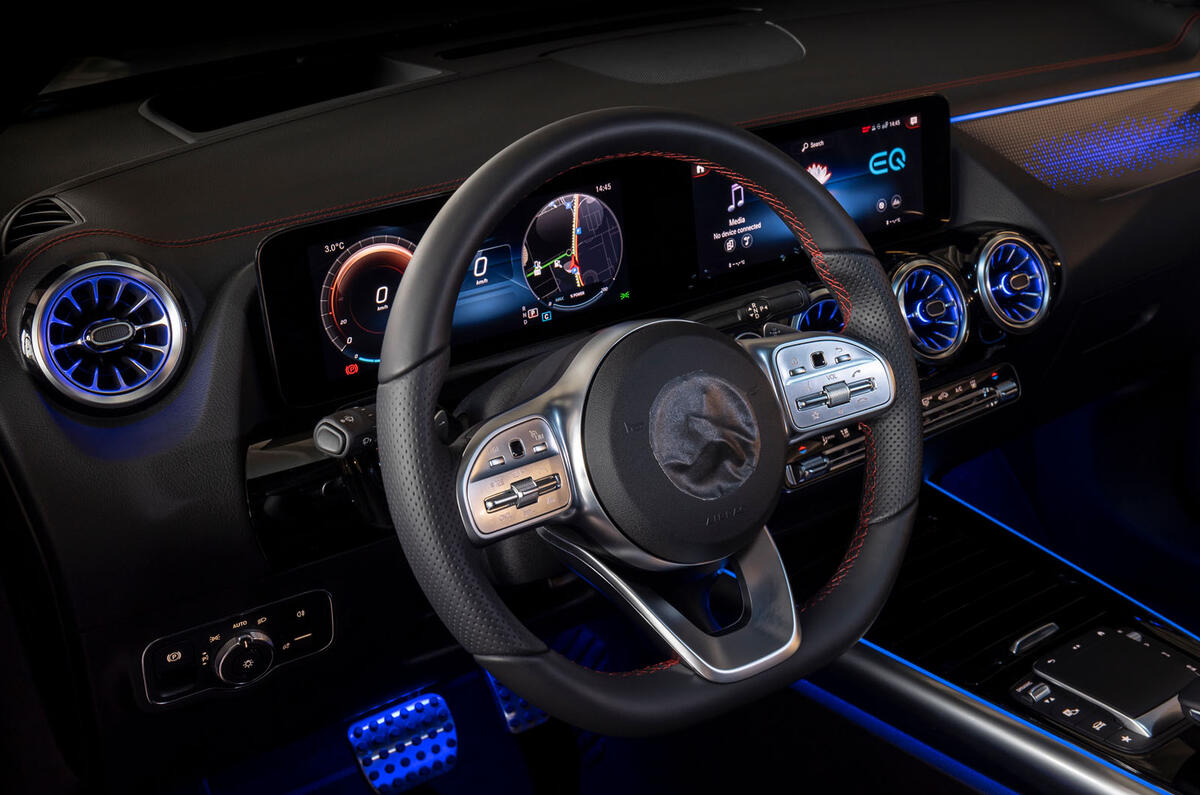
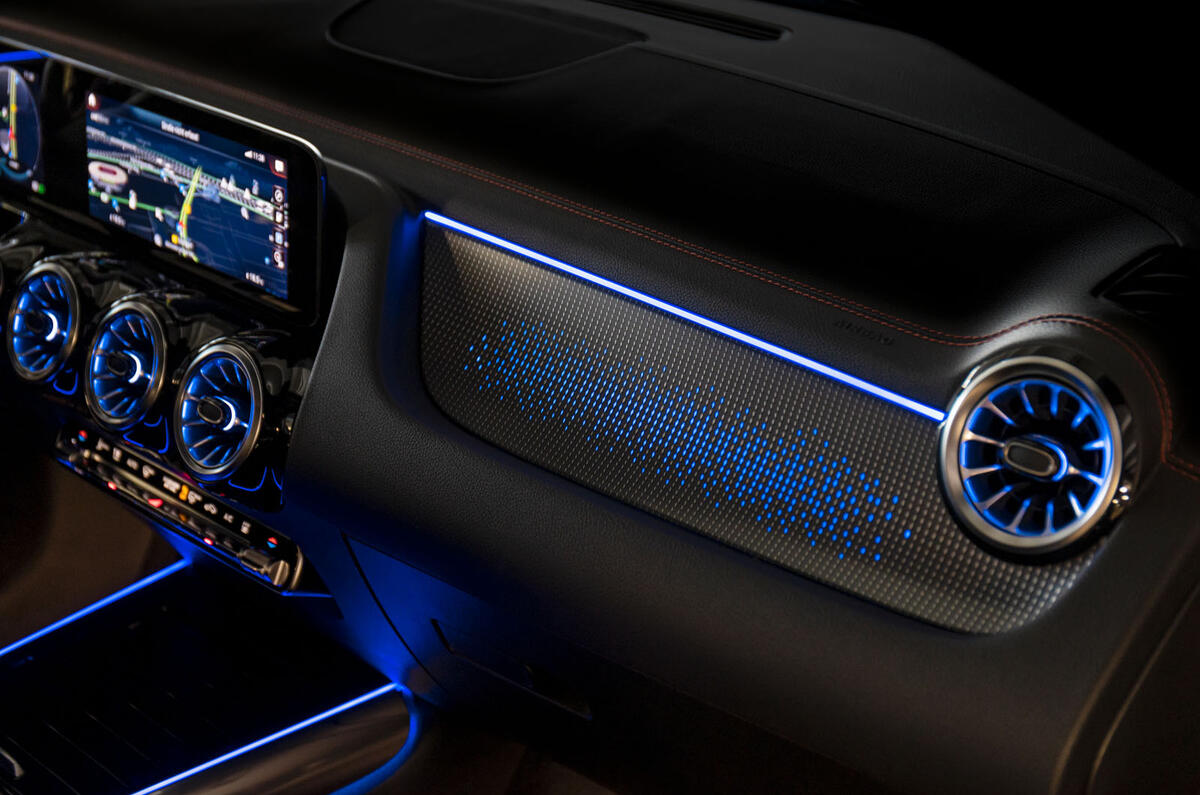
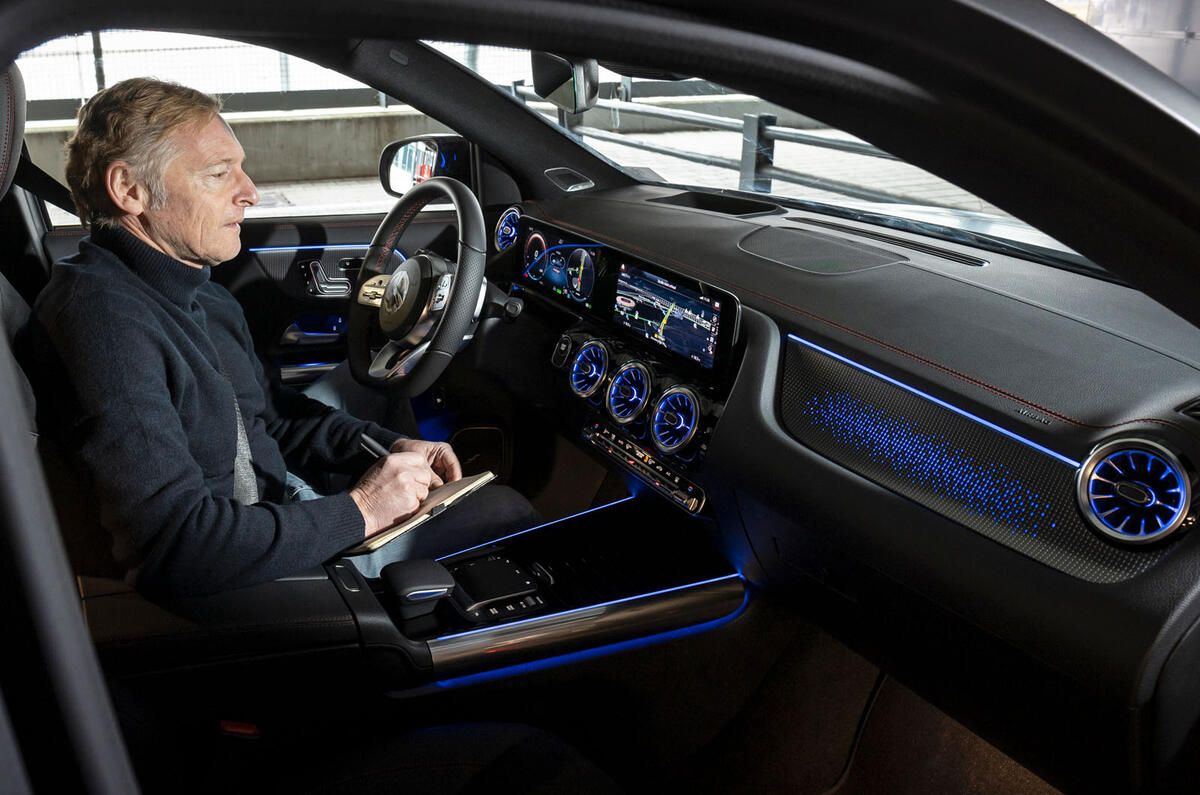
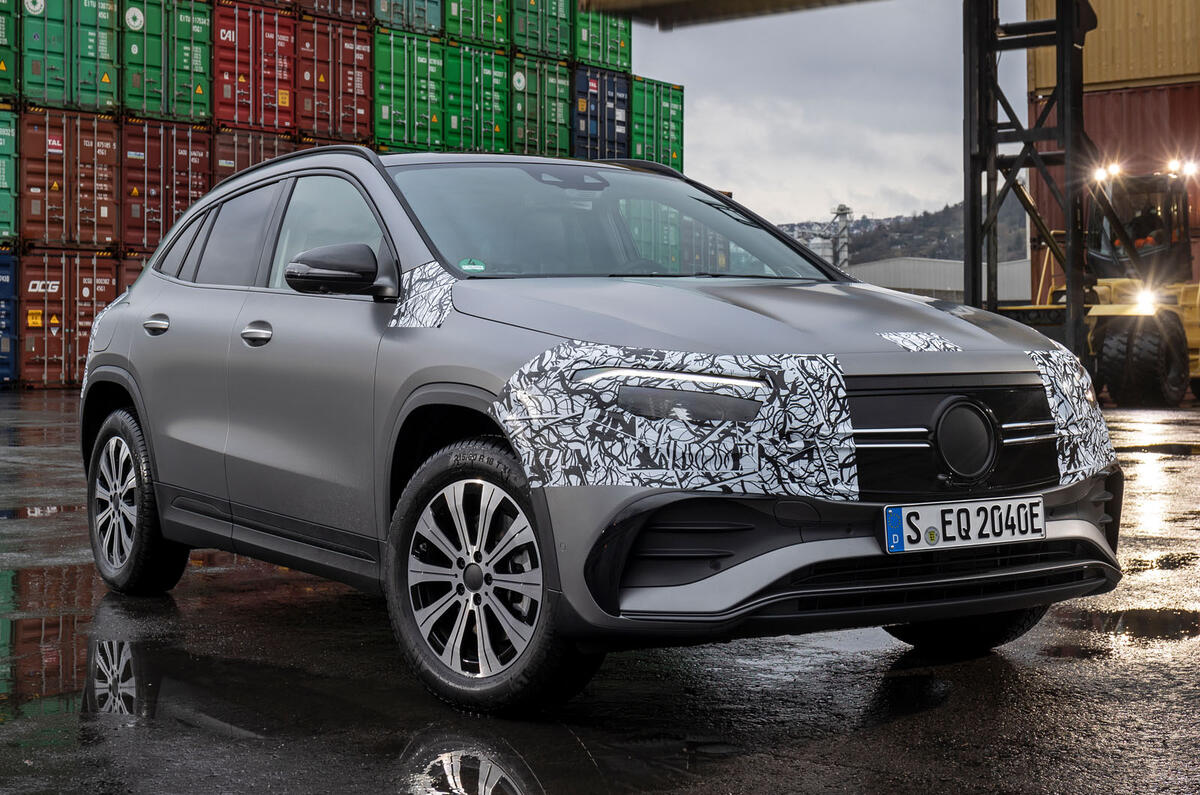
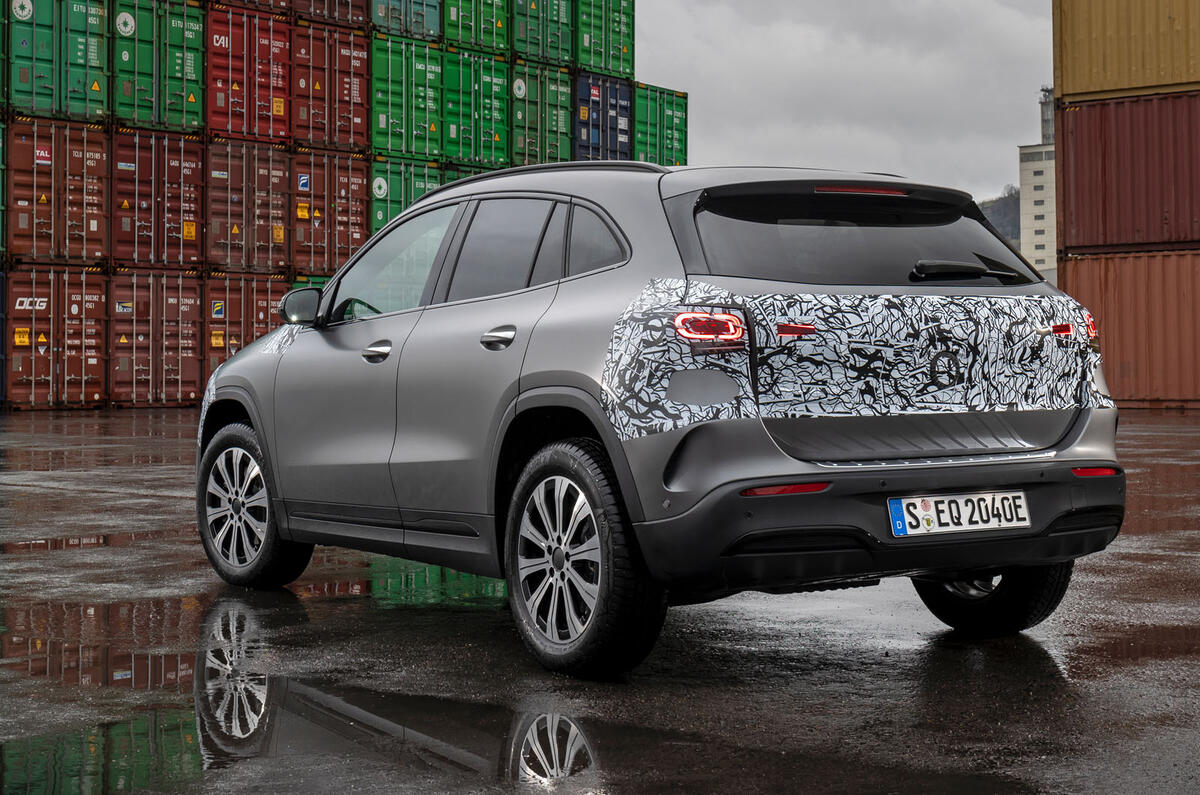
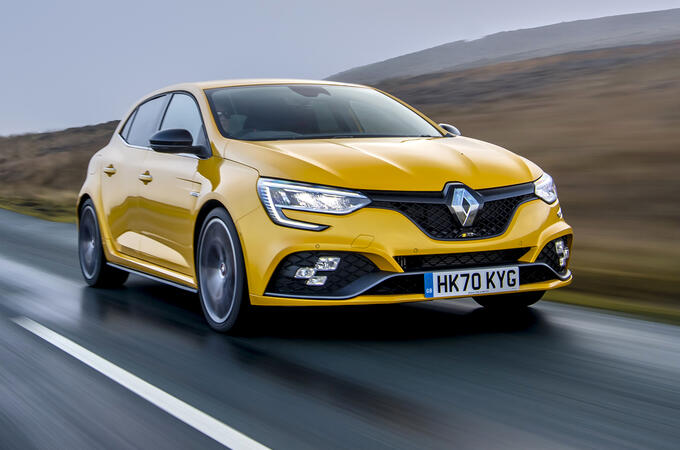




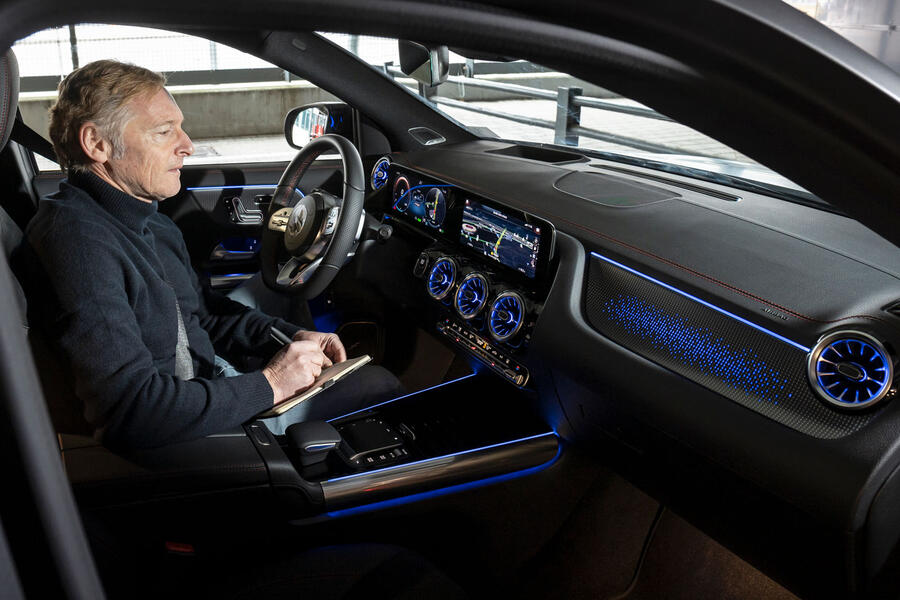
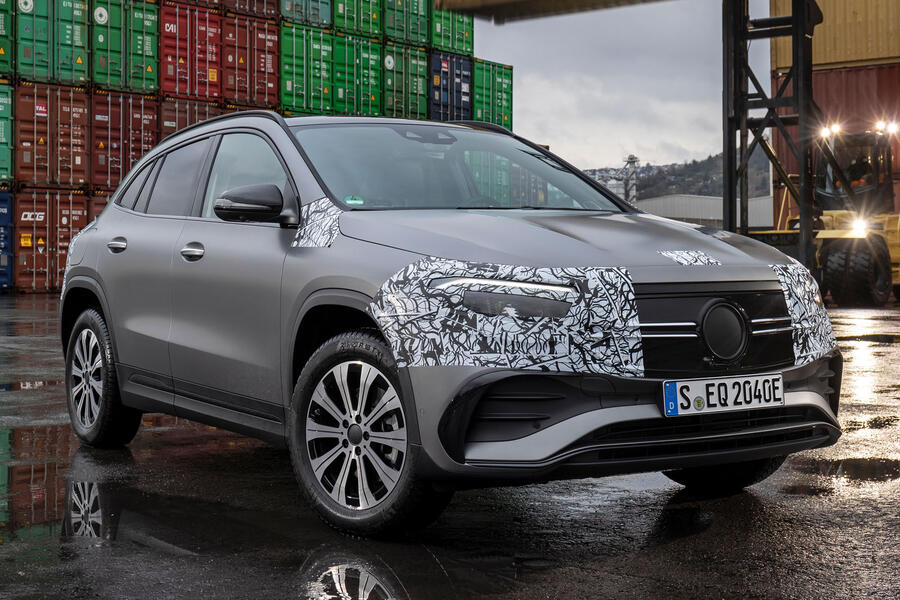

Add your comment